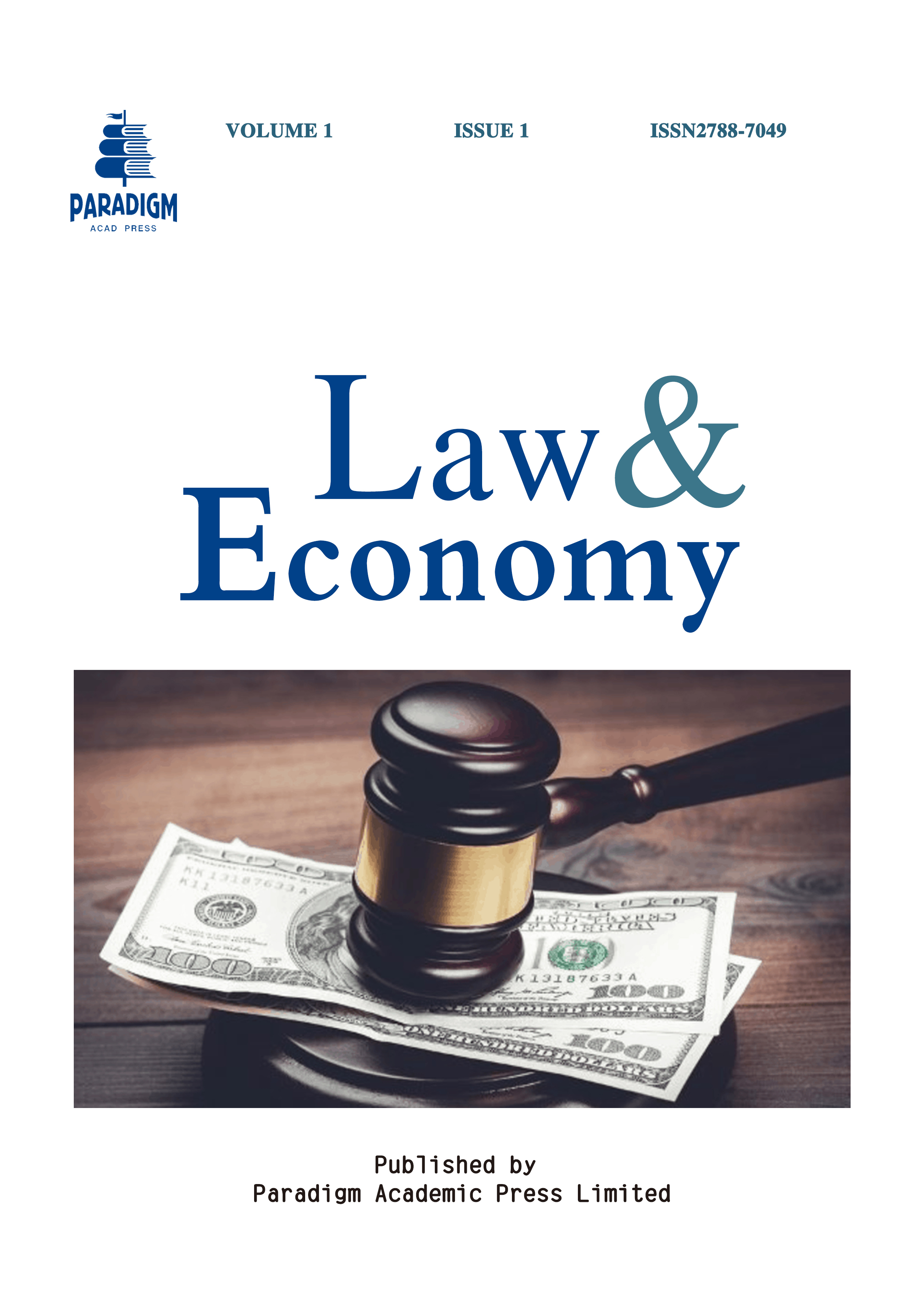Policy Requirements for Infrastructure Planning and Construction of Large Cities in the Development of New Energy Vehicles—A Case Study of the Sustainable Transport Policy of Large Cities in China
Keywords:
new energy vehicles, public policy, China, urban environment, sustainable transportationAbstract
The auto industry is moving forward in reducing the reliance on fossil fuels and increasing renewable energy usage, as new energy vehicles are considered the key strategy to strengthen the country’s energy security, protect the environment, and enhance sustainable development. To cope with the pressure caused by the rapid increase in the number of cars, the Chinese government has implemented incentives in terms of markets, digital information networks, and infrastructure. This report focuses on the policies implemented by the Chinese government to enhance the application of new energy vehicles, and analyses the basic principles of urban transportation planning in China. By assessing the benefits and weaknesses of new energy vehicle policies, this study critically evaluates China’s project to promote new energy vehicles. The findings show that China’s alternative fuel industry has reached a turning point of rapid growth and is expected to become the mainstream of automobile consumption in the coming years. As the largest developing country, China’s development of new energy vehicles can provide valuable experiences to address both the opportunities and challenges of their cities moving to sustainable transport.


